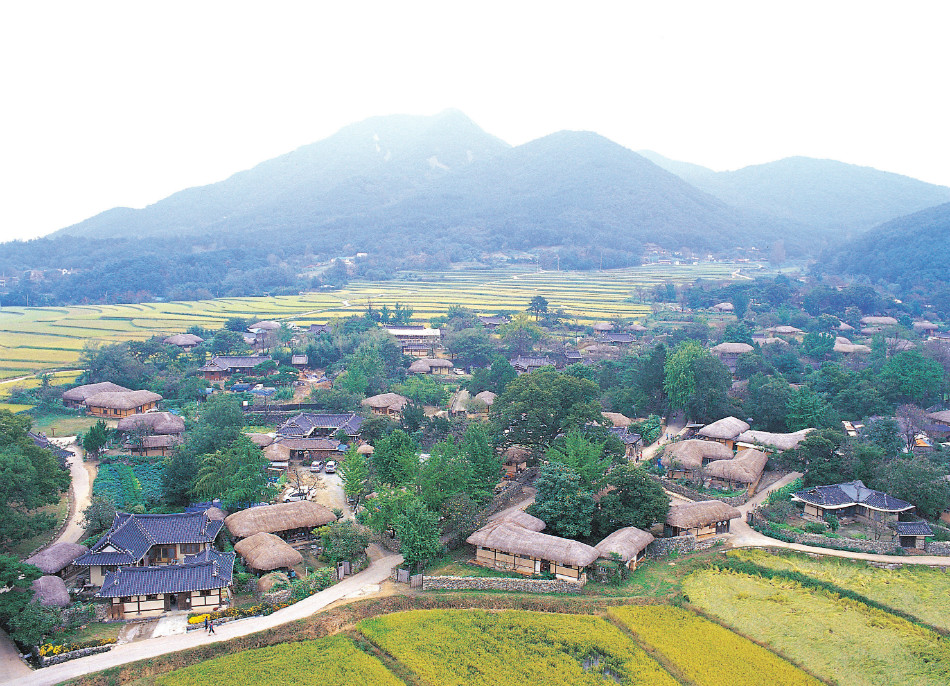LUXURY JOURNEY FOR
YOUR LIFE PARADISE
Nearby Attractions
|
Oeam Folk Village (아산 외암민속마을)
Date 2017.03.02 | Writer 온양관광호텔
|
|---|
 The most famous houses in the Oeam-ri Folk Village are the 'Yeongam Gunsu' House and 'Ichampan' House. Yeongam Gunsu House has a beautiful garden with thick trees blending with pond and stones. No one lives at the house anymore. Its entrance has a sign which is said to be written by Chusa Kim Jeong-Hee. Ichampan House is designated as Important Folk Monument, and people who live here have been making a folk wine called Yeonyeopju for generations. This wine has also been designated as an Intangible Cultural Asset. It was a wine offered to the king every spring and is made with Nuruk (glutinous rice) and Yeongeun, mixed with fermented evergreen leaves. The entire village of the Oeam-ri Folk Village is called a living museum, because the old ways are so well preserved everywhere. It takes about an hour and a half to go through the entire village. |







